How Do Wireless Security Cameras Work for Your Safety: Understanding Their Function
Quick Summary
- Wireless security cameras capture video and audio signals and transmit data wirelessly via Wi-Fi, RF, or cellular.
- They use key components like a lens, image sensor, transmitter/receiver, and storage (local or cloud).
- Power options include plug-in, battery, or solar panels like Wasserstein’s for continuous uptime.
- Benefits: easy installation, flexibility, smart features.
- Limitations: Wi-Fi dependence, signal interference, and shorter battery life compared to wired cameras.
Introduction to Home Security
Home security has evolved dramatically in recent years. Once limited to bulky wired security cameras that required professional installation, modern wireless cameras have made surveillance accessible to nearly everyone. Understanding how do wireless security cameras work is essential for choosing the right system for your property.
It's important to note that not all wireless cameras are the same—some may still require cables for power or use local storage, while others are completely wire-free.
Unlike wired cameras that rely on coaxial or Ethernet cables, wireless security cameras work by transmitting data through Wi-Fi signals, radio waves, or cellular networks. Many wireless security cameras transmit video and audio using common RF ranges, such as 2.4 GHz and 5 GHz, similar to Wi-Fi networks. This flexibility makes them popular for both homeowners and renters who want a reliable way to monitor their property without drilling holes or rewiring.
Modern home security systems often rely on wireless cameras, which provide advanced functions including motion alerts, night vision, and cloud-based storage. IP cameras are also an important category to consider when exploring security camera options.
The Importance of Security
Security is an essential part of protecting your home, business, and loved ones. In today’s world, threats can come in many forms, making it more important than ever to have a reliable security system in place. Security cameras are a cornerstone of modern security, acting as both a deterrent to potential intruders and a valuable source of evidence if an incident occurs.
Wireless security cameras have transformed the way security cameras work by offering advanced features such as remote monitoring, motion detection, and instant alerts. These wireless security solutions are easy to install and can be placed almost anywhere, giving you the flexibility to adapt your security system as your needs change. By understanding how wireless security cameras work and the benefits they provide, you can make informed decisions to enhance your safety and enjoy greater peace of mind.
Key Components of a Security Camera System
A well-designed security camera system relies on several key components working together to keep your property safe. At the heart of the system is the security camera, which captures high-quality video footage of your surroundings. In wireless security cameras, a built-in transmitter sends this footage wirelessly to a receiver, eliminating the need for complicated wiring.
The receiver processes the incoming video feed and displays it on a monitor, allowing you to keep an eye on your property in real time. A recording device, such as a network video recorder (NVR) or cloud storage service, saves the footage for later review. These key components (camera, transmitter, receiver, monitor, and storage) work together to create a seamless wireless security experience, making it easier than ever to protect your home or business.

Before diving into features, it’s important to understand how wireless cameras work at a technical level. These devices capture and transmit video and audio signals to receivers, cloud servers, or directly to your mobile device. This process, known as how wireless security camera work, involves several key components working together.
Key components include:
- Lens focuses light onto the image sensor, which contains light-sensitive pixels that convert light into electrical signals to create digital images.
- Processor compresses and prepares the video feed for wireless transmission.
- Transmitter and receiver handle how wireless security cameras communicate through Wi-Fi or other wireless technologies.
- Storage devices such as a network video recorder (NVR), digital video recorder (DVR), or cloud service save the video footage.
- Power source: rechargeable batteries, outlet-powered, or solar panels.
Most wireless security cameras transmit video and audio signals over a Wi-Fi network, enabling remote viewing on a smartphone or smart device. Transmitting video involves sending these signals over Wi-Fi or radio waves to remote receivers for access and storage. Some models also support cellular networks for areas without reliable Wi-Fi. Wifi cameras work by using Wi-Fi protocols such as 802.11 over 2.4GHz or 5GHz frequencies to transmit video footage.
In contrast, wired security cameras rely on direct cabling, which means they don’t face issues like signal interference or internet outages, but lack the flexibility of wireless systems.
Key Features of Modern Wireless Cameras
Surveillance cameras are an essential part of modern security solutions, offering effective monitoring for both homes and businesses.
One reason wireless home security cameras are so popular is their advanced features that go beyond simple recording.
- Motion detection: Activates recording only when activity is detected, saving battery life and storage.
- Night vision: Infrared LEDs or low-light sensors allow continuous monitoring, even in darkness.
- Two-way audio: Lets you communicate with visitors or intruders using your same device app.
- AI-powered alerts: Many wireless devices now differentiate between humans, pets, and vehicles.
- Smart home integration: A Wi-Fi camera functions within a smart home ecosystem by connecting wirelessly to your home network, offering high video quality, night vision, and seamless integration with platforms like Alexa or Google Assistant.
These modern wireless cameras, including Wi-Fi cameras that utilize wireless networks to transmit video footage and offer advanced features like high resolution and weatherproofing, combine convenience with sophisticated technology, making them versatile options for home security cameras and even construction sites that require temporary surveillance.
Types of Security Cameras
When choosing a security camera, it’s important to understand the different types available and how they fit your needs. Wired cameras use physical cables to transmit video footage, offering stable connections but requiring more complex installation. Wireless cameras, on the other hand, transmit video wirelessly, making them easier to install and move as needed.
Wi-Fi cameras connect directly to your home’s wireless network, allowing you to access live video from a mobile device wherever you have internet access. IP cameras use internet protocol to transmit video footage over a network, providing high-quality images and advanced features. Wireless security cameras offer the flexibility and convenience that many users want, making them a popular choice for both homes and businesses. Whether you need to monitor a single room or an entire property, there’s a security camera solution to fit your needs.
Benefits & Limitations

Wireless surveillance cameras have become the go-to choice for many homeowners because of their convenience, but like all technology, they come with trade-offs. Wireless cameras typically connect to Wi-Fi networks, which enable easy installation and seamless connectivity for remote access and notifications. Some wireless cameras are called wire-free cameras, meaning they are entirely battery-powered and offer maximum flexibility in placement without any cords. Understanding the strengths and weaknesses helps you decide whether they’re the right fit for your home security system.
Benefits of Wireless Security Cameras
- Easy DIY setup: You can install wireless security cameras in minutes without professional tools.
- Remote access: View a live video feed wirelessly from anywhere with internet access.
- Scalability: Add multiple cameras to your wireless security systems without running cables.
- Flexibility: Move wireless cameras to new spots whenever needed.
- Deterrence: Just the presence of visible surveillance cameras reduces burglary attempts.
Limitations of Wireless Security Cameras
- Dependence on internet connection: Poor Wi-Fi leads to laggy or pixelated video feed.
- Signal interference: Thick walls, distance from the router, or other wireless devices can cause disruptions.
- Battery life issues: Wire-free cameras need frequent recharging unless paired with solar mounts like Wasserstein Solar Panels (high-efficiency cells + 360° adjustable mount + ample cable).
- Security risks: Without proper encryption, wireless cameras can be hacked.
- Video quality trade-off: Wired cameras often outperform wireless CCTV in clarity and stability.
Power Options
How you power a wireless camera plays a huge role in how reliable it is. While most homeowners are familiar with plug-in or battery models, new solutions like solar-powered accessories make it easier to keep your security system running without interruptions.

- Plug-in cameras: Depend on outlets for continuous power. Simple, but less flexible in placement.
- Wire-free cameras: Run entirely on batteries, making them the most flexible but also the most maintenance-heavy.
- Solar-powered cameras: Offer an eco-friendly solution for extending battery life.
➡️ Recommended: Wasserstein Solar Panels
- 360-degree rotatable mount for maximum sunlight exposure
- Ample-length cable for flexible placement
- High-efficiency solar cells capture energy even in low sunlight
- Prevents downtime by keeping your cameras continuously powered
For outdoor wireless home security cameras, pairing them with solar panels ensures you don’t have to climb up ladders for frequent recharges.
Storage & Data Security
Storing your video footage is just as important as capturing it. After all, a security camera system is only valuable if you can review or access recordings when something happens. That’s why most wireless security cameras offer a mix of local and cloud storage options. Cloud recording allows footage to be stored remotely on the manufacturer's servers, providing an alternative or backup to local storage, which is especially useful if wireless connectivity is disrupted. Learn more about how long security cameras keep footage.

- Local storage: Uses microSD cards, a digital video recorder, or a network video recorder for local recording. This is reliable during internet outages but vulnerable to theft if the camera is destroyed.
- Cloud storage: Most wireless security cameras record directly to the cloud, enabling remote access anytime. However, this usually requires a subscription.
- Hybrid approach: Combining local and cloud storage provides redundancy in case of failure.
Best practices for video data security:
- Change default passwords and avoid using the same credentials across wireless devices.
- Ensure your wi fi security cameras use encryption protocols.
- Regularly update firmware to patch vulnerabilities.
- Consider mobile data backups for critical locations like construction sites.
Installation & Placement Tips

Even the best camera won’t perform well if it’s installed poorly. Choosing the right spots and using proper mounts ensures maximum coverage, reliable connections, and protection against tampering.
- Entrances: Position cameras at the front and back doors.
- Choke points: Hallways, staircases, and other areas intruders must pass through.
- Corners: For indoor Wi-Fi cameras, mounting in a corner maximizes the field of view.
- Height: Outdoor cameras should be placed 8–10 feet high for visibility and tamper protection.
- Signal checks: Ensure your Wi-Fi network provides a reliable connection in the chosen location.
- Gutter mounts: place cameras high for wider viewing angles and reduced tampering.
- Anti-theft mounts: protect devices from being removed or damaged.
- Angled mounts for doorbells: adjust viewing angles horizontally or vertically to eliminate blind spots.
- Solar charger mounts: double as a charger, ensuring your doorbell never loses power.
Security Camera Maintenance
To keep your wireless security cameras operating at their best, regular maintenance is essential. Start by cleaning the camera lens to ensure clear video footage—dust and debris can quickly reduce image quality. Check for software and firmware updates, as these often include important security patches and performance improvements.
If you use battery-powered wireless cameras, monitor battery levels and recharge or replace batteries as needed to avoid downtime. It’s also a good idea to periodically review and delete old video footage to free up storage space, whether you use local or cloud storage. By following these simple maintenance steps, you’ll help your wireless security cameras deliver reliable wireless security and long-lasting protection for your property.
When to Choose Wireless vs. Wired
Not sure whether wireless or wired cameras are better for your setup? The decision comes down to your priorities—flexibility and ease of use versus stability and performance.
-
Choose wireless systems if you:
- Rent your home or apartment.
- Need an easy DIY setup.
- Want flexibility to move cameras.
- Prefer smart home integration.
-
Choose wired cameras if you:
- Have weak Wi-Fi or frequent internet outages.
- Need continuous, high-quality video feed.
- Have large properties requiring multiple surveillance cameras.
- Want a more stable and tamper-resistant solution.
In many cases, households opt for a hybrid security camera system, combining both wireless and wired security cameras.
Final Thoughts
So, how do wireless security cameras work? By capturing video with a lens and image sensor, compressing it with a processor, and using wireless transmission to send data to storage or a mobile app. Wireless security cameras offer flexibility, affordability, and advanced features, making them the preferred choice for many modern homes.
However, wired systems still excel in reliability and image quality. The best choice depends on your property, internet connection, and whether you value flexibility over stability.
FAQs
Do wireless security cameras need internet?
Not always. They can still record to local storage like an SD card or DVR without being online. But most wireless security cameras need an internet connection for features like remote access, live streaming, and cloud storage.
How do you power a wireless security camera?
They run on either plug-in power, rechargeable batteries, or solar charging. For outdoor setups, solar panels like the Wasserstein Solar Panel provide continuous power and reduce downtime from recharging.
How does a wireless home security camera work?
It uses a lens and image sensor to capture video, then compresses the data and transmits it wirelessly. The footage goes to local storage or the cloud, and you can view it anytime through a mobile device.
What is the difference between a Wi-Fi camera and a wireless camera?
A Wi-Fi camera specifically uses your home Wi-Fi network for transmission and remote viewing. A wireless camera is a broader category that may connect via Wi-Fi, radio frequency (RF), or even cellular networks.
How are wireless cameras connected?
Most pair with your Wi-Fi network using a mobile app during setup. Some models connect via RF or cellular, but Wi-Fi cameras are the most common for home security systems.
How do wireless cameras get power?
They rely on plug-in power, rechargeable batteries, or solar charging systems. Wire-free cameras run only on batteries, but pairing them with solar accessories helps extend battery life.
Wi-Fi vs. RF wireless security cameras?
Wi-Fi cameras connect through your router, giving you remote viewing, smart alerts, and cloud storage. RF cameras use radio waves to send a video feed to a receiver, so they work without internet but lack advanced features.
How do wireless security cameras transmit video data to smartphones?
They compress the video feed wirelessly, send it over your Wi-Fi network or cellular data, and make it accessible through a secure app. This process allows for remote viewing, notifications, and control of settings on your phone.
Are wireless security cameras as reliable as wired ones?
Not quite. Wired cameras provide more stable connections and clearer video quality, while wireless systems are easier to install and move around. The best choice depends on whether you prioritize reliability or flexibility.
What is the typical wireless range of security cameras?
Most wireless security cameras work within 100–500 feet in open areas. Indoors, the range is shorter because walls and other objects can cause signal interference.


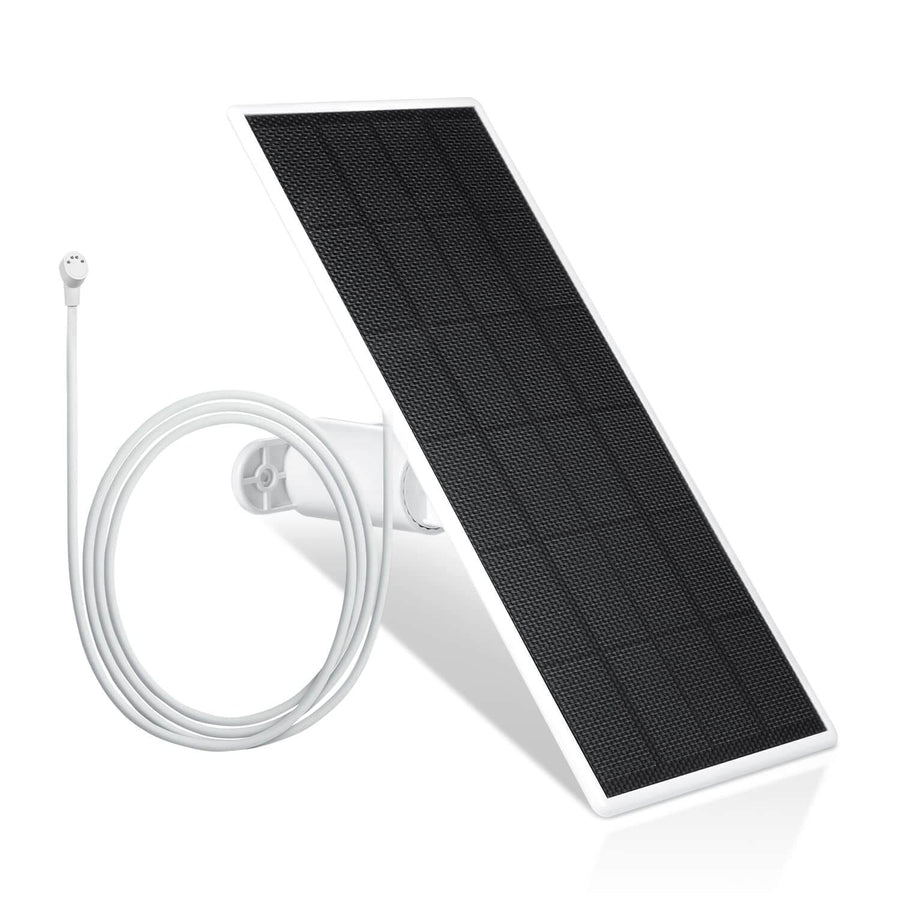
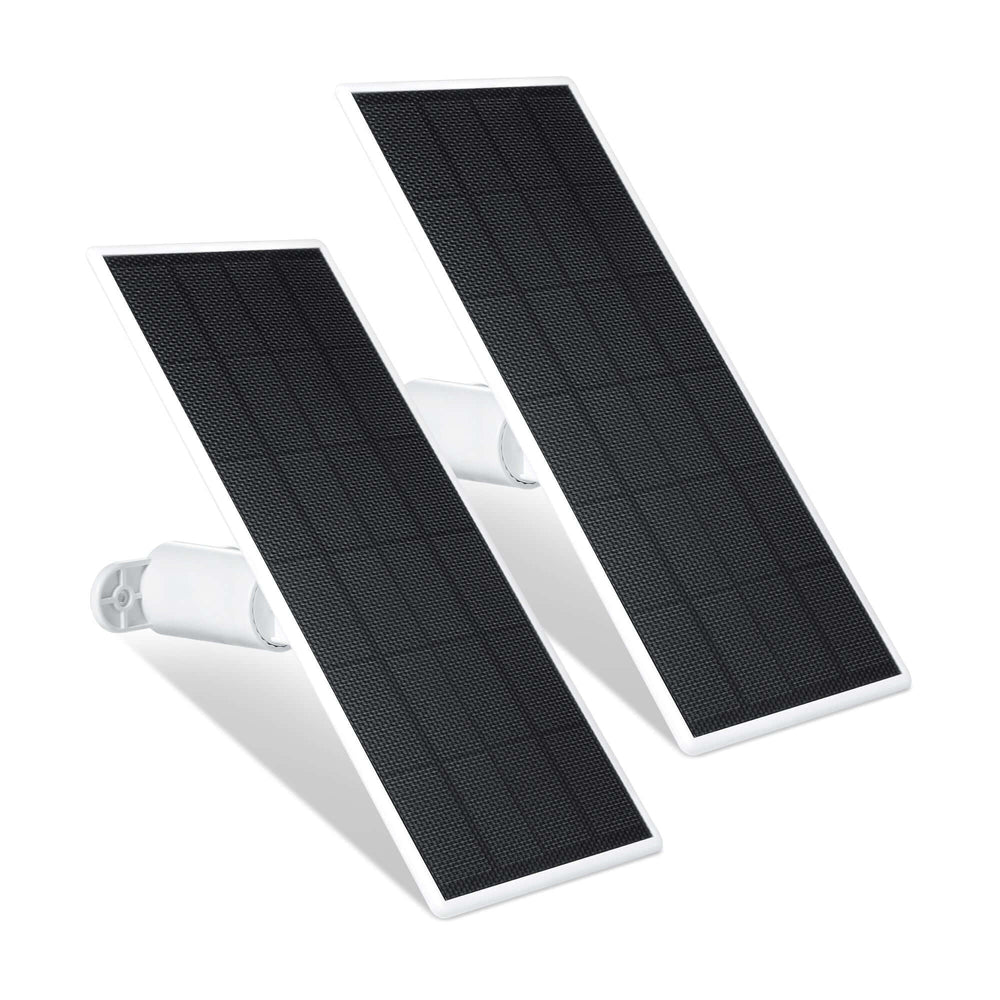
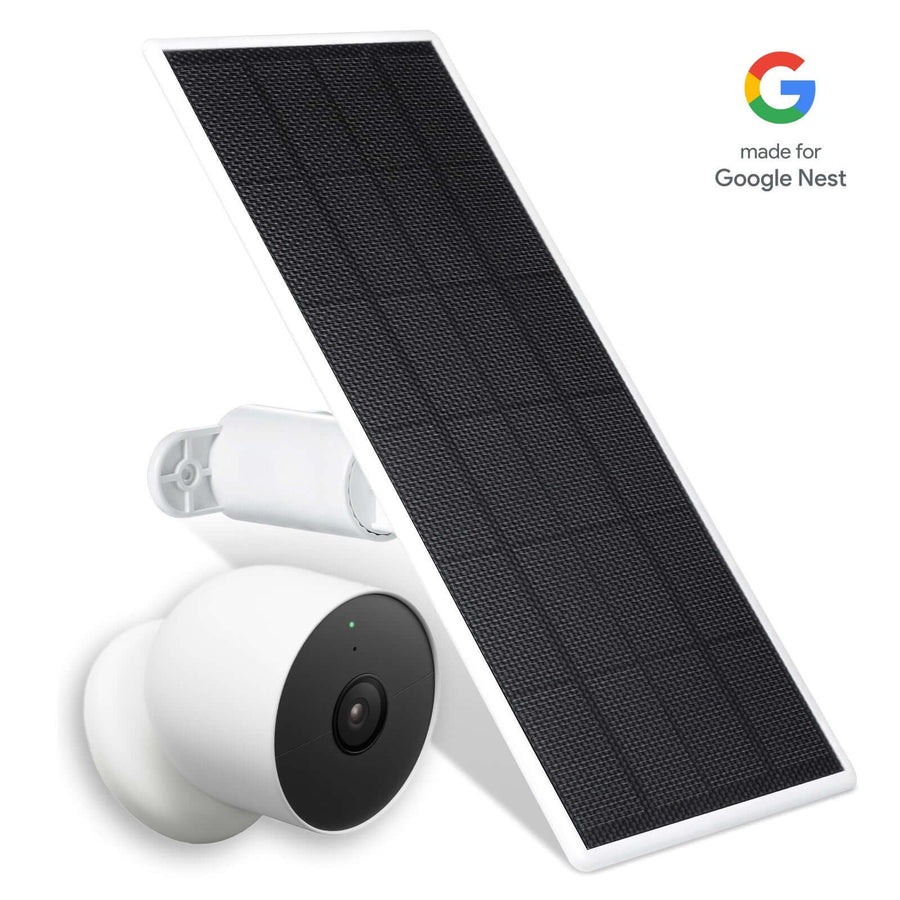
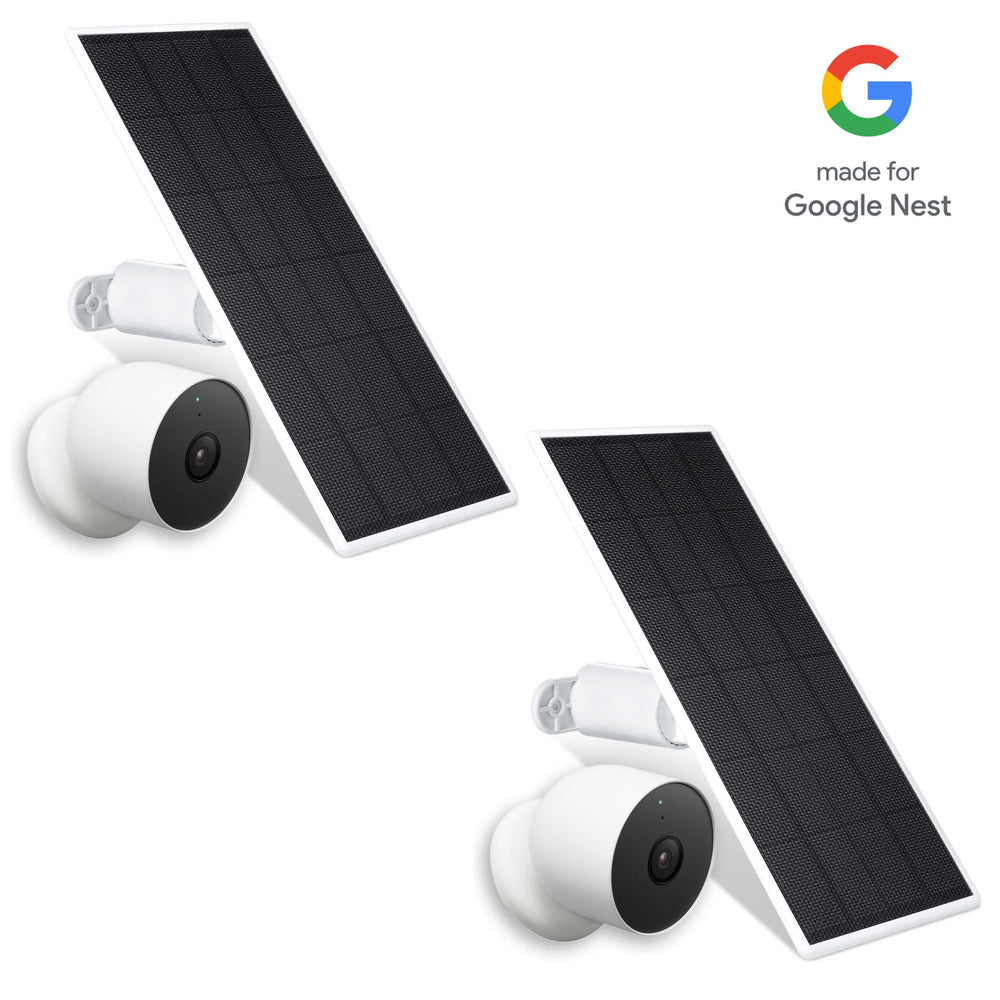
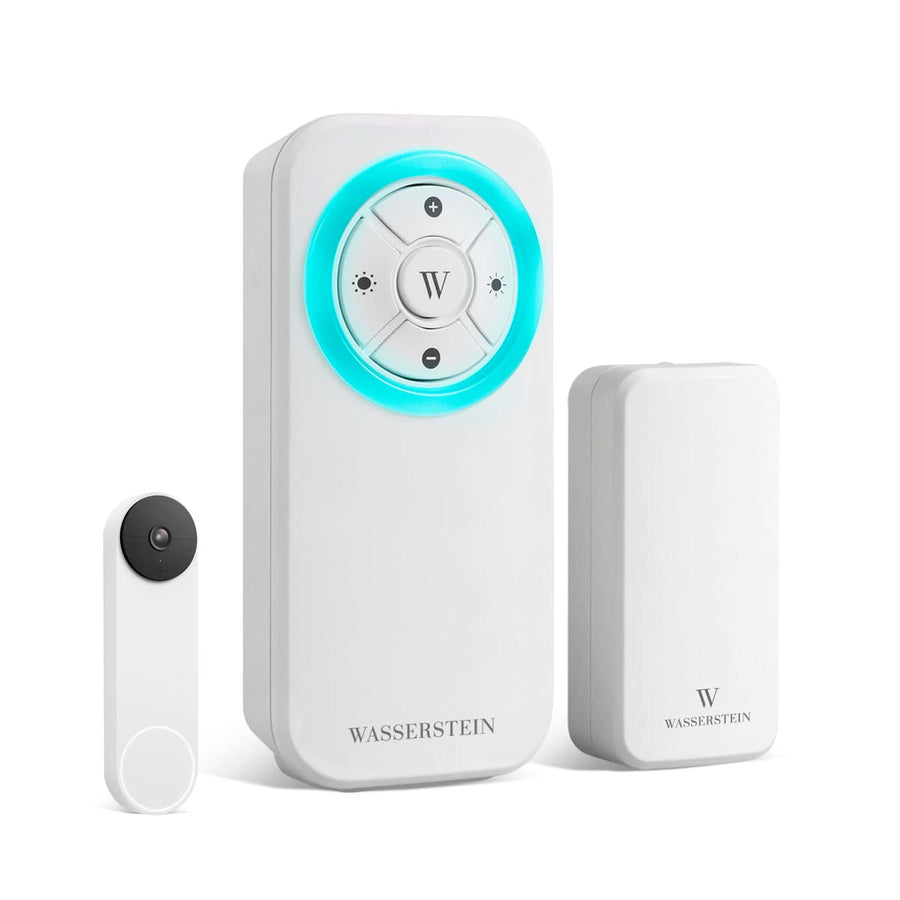
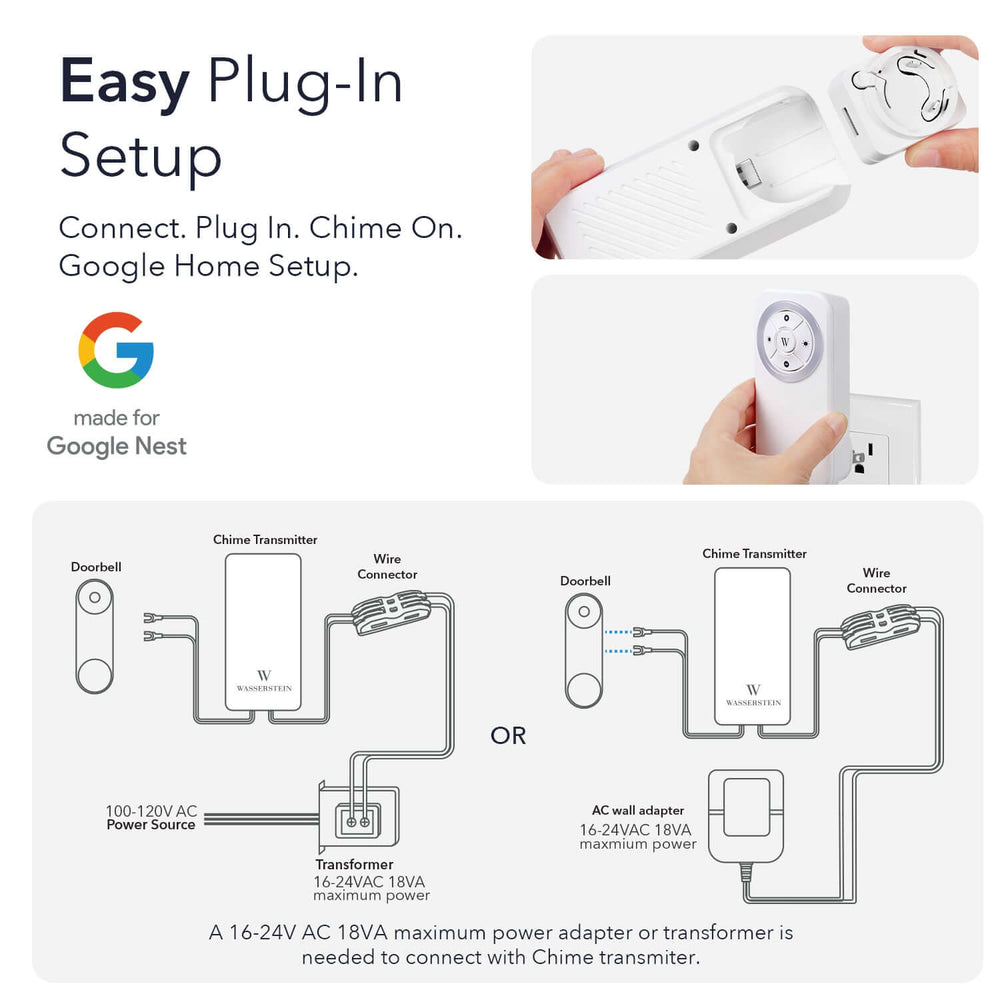
Leave a comment